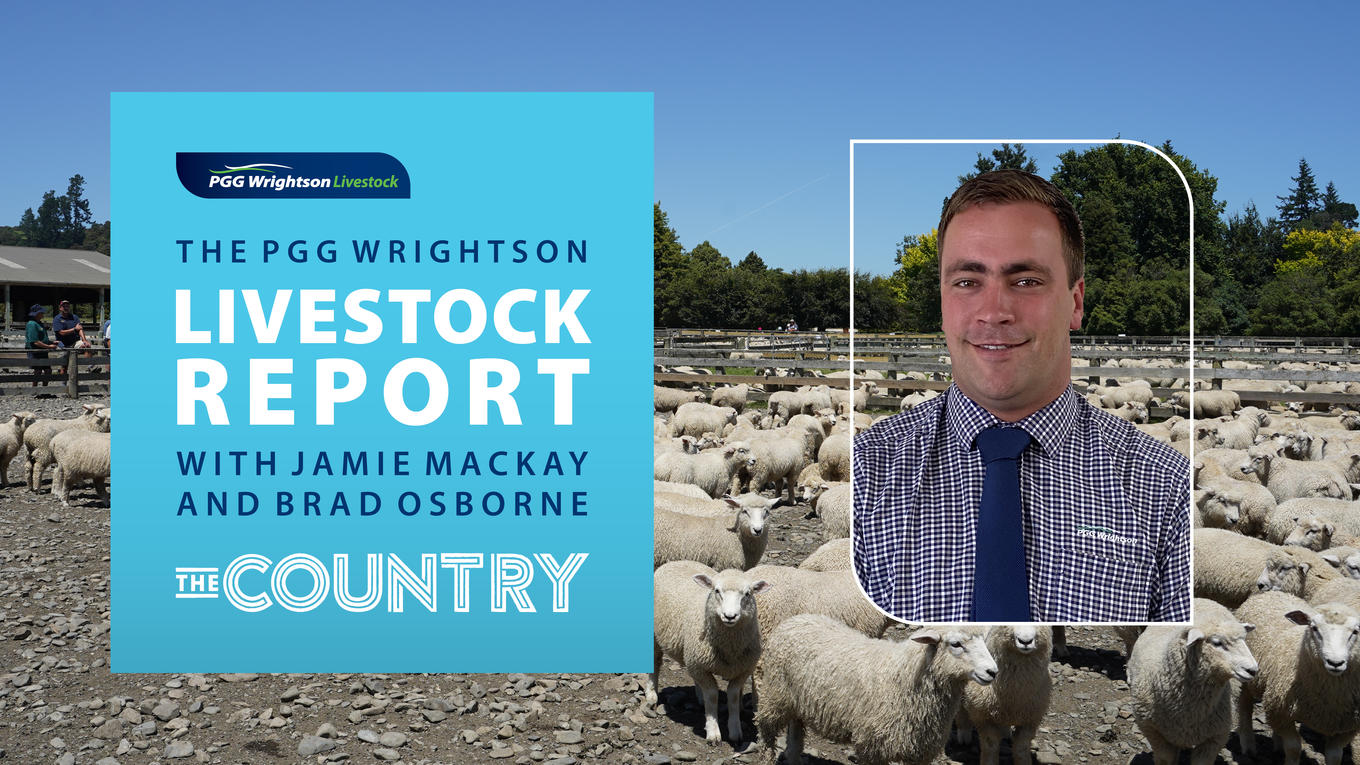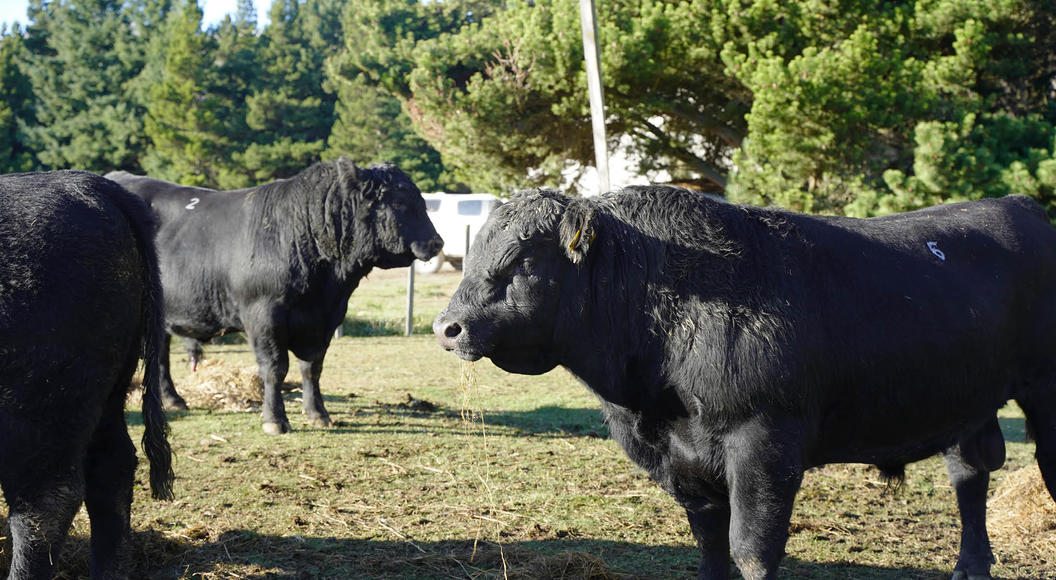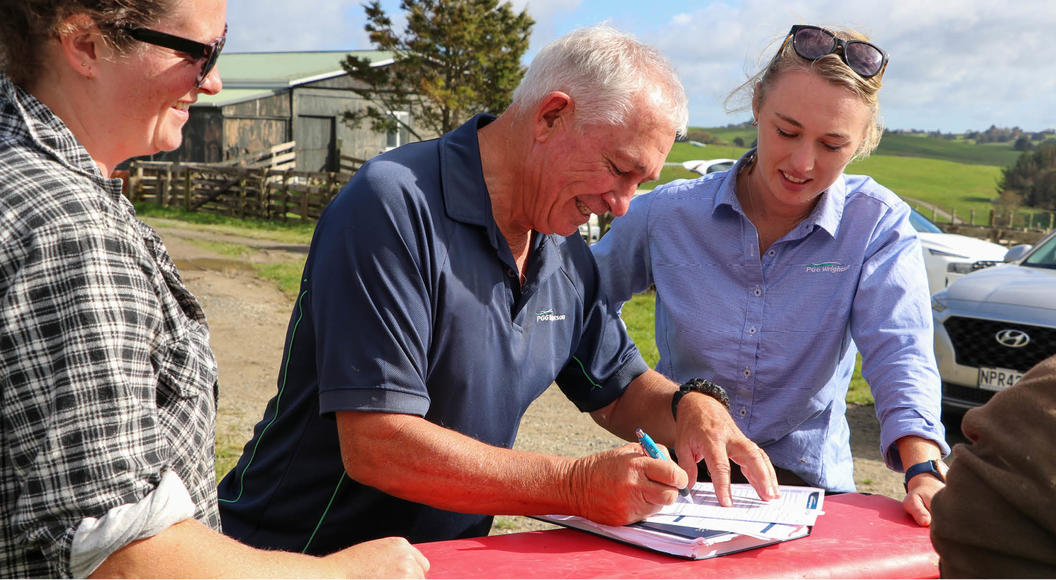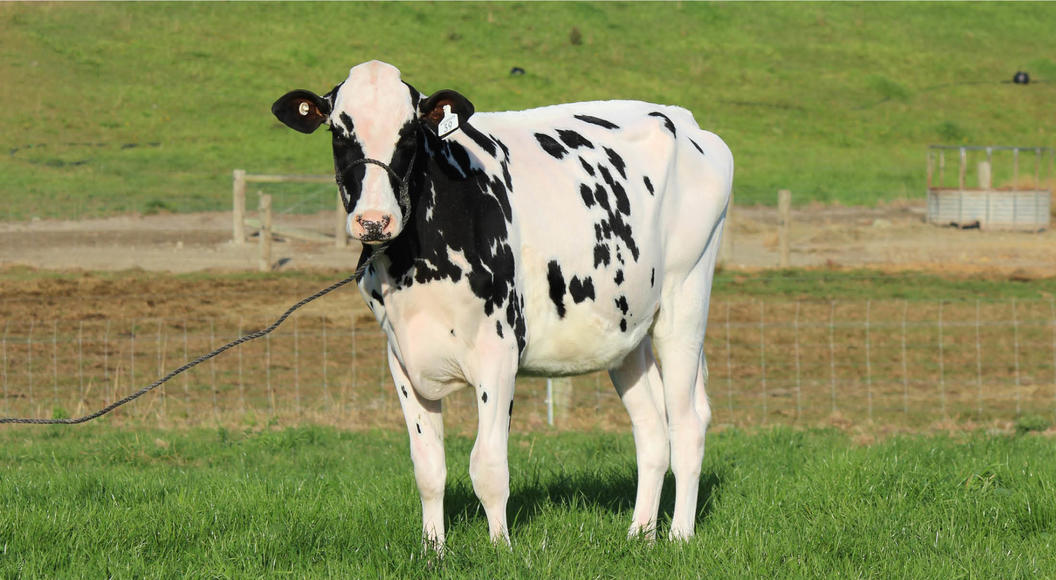
Livestock report: Waikato/South Auckland update with Brad Osborne
Brad Osborne is PGG Wrightson’s area livestock manager for Waikato/South Auckland but The Country’s Jamie Mackay found him in the Wairarapa this week.
Osborne was up bright and early at 3am to drive from his hometown of Ngatea to Masterton, to attend a weaner calf sale and “support the local boys” down there.
“They’ve got 1000 weaner heifers in ... so I’ll see what assistance we can be and get some of those animals trucked north,” he told Mackay.
Osborne said it looked “pretty dry” in the Wairarapa compared to Ngatea.
“It’s very different to the picture that we’re seeing at home - that’s for sure.”
Mackay asked if Waikato dairy farmers were planning to “milk on” due to the favourable conditions.
Osborne said there was a “strong demand” to carry on milking for as long as possible in the region.
“I was talking to a few of my clients [and] the supplementary feed levels are high due to the grass growth they’ve had through, October, November and December.”
As a result, he said silage was getting made up until late December - early January “in quite a big way”.
“So, as you drive around, you see the silage stacks and the maize is coming off now - all those stack sites are full.”
Moving to sheep, Mackay asked how big the store lamb market was in Waikato.
Osborne said it was “pretty good”.
“There’s still a few numbers coming out. We mainly have traders - guys buying in a store lamb and sending it out prime.”
This often happened in maize ground during the “winter lamb job,” he explained.
“A lot of that maize ground that gets harvested for maize silage, or maize grain, gets an annual [grass] put in it and the lambs get traded off that throughout the winter.
“So there’s still plenty around - the lambs are coming on good actually.”
Mackay said store lamb prices were low in the South Island. He asked Osborne what the margins were like in Waikato and South Auckland.
Osborne said that store lambs had stayed “pretty consistent” from $2.50-$2.70/kg, which were good margins for traders.
Unfortunately, it wasn’t the same story for breeders, he said.
“They’ve been the ones that have been copping it.
“My good clients on Waiheke Island, where a lot of store lambs come off, they’ve been the ones that [have] been suffering compared to last year.”


